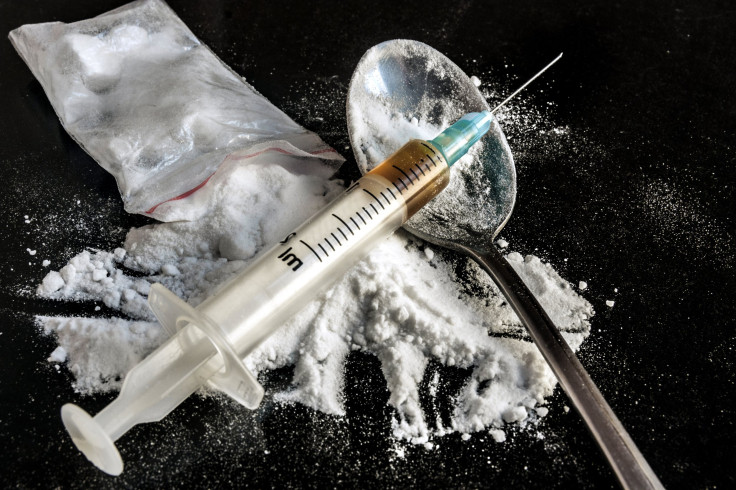What LSD, Meth, And Heroin Look Like On An Enlarged Photo Negative: German Artist Photographs Drugs In Liquid Form

A German artist has discovered, in a visually-intriguing way, what drugs look like in liquid form — depicting the inner chemical worlds of LSD, meth, and speed in just one drop.
Sarah Schönfeld, an artist based in Berlin, decided to drop bits of liquid drugs — both illegal and legal — onto negative film which was already exposed. Each drop chemically altered the film coating based on its specific reactions. The negatives, which were then permanently dyed or stamped by the chemicals, were enlarged to 160 x 200cm, ultimately creating large, colorful, and somewhat beautiful spheres containing different designs and patterns. “All of the substances behaved very differently,” Schönfeld described on her website. “The shapes and colors that appeared showed unique characteristics and revealed unique internal universes.”
In an interview with Kaltblut magazine, Schönfeld said she was inspired to complete the project because of her father’s struggle with mental illness. “[M]y father has always been, as long as I can remember, on medication because of his mental illness, and then the question arises: How much does it influence the self, the personality, the psyche, and through which concepts do people build their self and experience the world?” she said.
Schönfeld let droplets of estrogen, adrenalin, opium, Ketamine, caffeine, speed, melatonin, cocaine, crystal meth, and others fall onto negatives. Interestingly, the spheres that depict caffeine or speed consist of electric-looking wires extending from the circle, giving it a sense of being frazzled, while melatonin — which is used to help people fall asleep — is foggier, smoother, less defined, as though the visual chemical composition were to match its effects. “Much like the effect of some of these substances on humans, this can be a lengthy process — sometimes one that can barely be stopped,” Schönfeld explains on her website.
View the images here.
Correction: A previous version of this article's headline read "What LSD, Meth, And Heroin Look Like Under A Microscope." It has been changed to reflect that the drugs were actually applied on a photo-negative and enlarged.



























